Flex 3 Cookbook. Code-Recipes, Tips, and Tricks for RIA Developers Joshua Noble, Todd Anderson
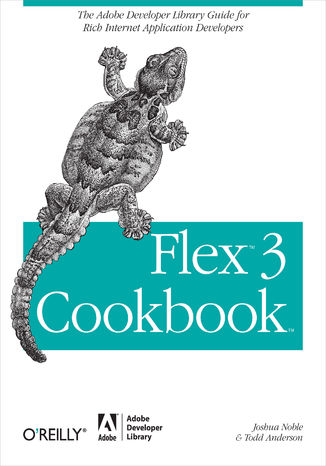

- Autorzy:
- Joshua Noble, Todd Anderson
- Wydawnictwo:
- Adobe Developer Library
- Ocena:
- Stron:
- 704
- Dostępne formaty:
-
ePubMobi
Opis
książki
:
Flex 3 Cookbook. Code-Recipes, Tips, and Tricks for RIA Developers
The best way to showcase a powerful new technology is to demonstrate its real-world results, and that's exactly what this new Cookbook does with Adobe Flex 3.
Wide ranging and highly practical, Flex 3 Cookbook contains more than 300 proven recipes for developing interactive Rich Internet Applications and Web 2.0 sites. You'll find everything from Flex basics, to solutions for working with visual components and data access, to tips on application development, unit testing, and using Adobe AIR.
You also get ideas from the development community. Through its Flex Cookbook website (www.adobe.com/devnet/), Adobe invited Flex developers to post their own solutions for working with this technology, and from hundreds of posts, the authors chose the best and most useful solutions to supplement Flex 3 Cookbook.
Each recipe inside provides a solution to a common problem, explains how and why it works, and offers sample code that you can put to use immediately. Topics include:
- Containers and dialogues
- Working with Text
- Data driven components
- DataGrid and Advanced DataGrid
- ItemRenderers and Editors
- Images, bitmaps, videos, and sounds
- CSS, styling, and skinning
- States and effects
- Working with Collections, arrays, and DataProviders
- Using DataBinding
- Validation, formatting, and regular expressions
- Using Charts and data visualization
- Services and Data Access
- Using RSLs and Modules
- Working with Adobe AIR
Whether you're a committed Flex developer or still evaluating the technology, you'll discover how to get quick results with Flex 3 using the recipes in this Cookbook. It's an ideal way to jumpstart your next web application.
Wybrane bestsellery
Adobe Developer Library - inne książki
Dzięki opcji "Druk na żądanie" do sprzedaży wracają tytuły Grupy Helion, które cieszyły sie dużym zainteresowaniem, a których nakład został wyprzedany.
Dla naszych Czytelników wydrukowaliśmy dodatkową pulę egzemplarzy w technice druku cyfrowego.
Co powinieneś wiedzieć o usłudze "Druk na żądanie":
- usługa obejmuje tylko widoczną poniżej listę tytułów, którą na bieżąco aktualizujemy;
- cena książki może być wyższa od początkowej ceny detalicznej, co jest spowodowane kosztami druku cyfrowego (wyższymi niż koszty tradycyjnego druku offsetowego). Obowiązująca cena jest zawsze podawana na stronie WWW książki;
- zawartość książki wraz z dodatkami (płyta CD, DVD) odpowiada jej pierwotnemu wydaniu i jest w pełni komplementarna;
- usługa nie obejmuje książek w kolorze.
Masz pytanie o konkretny tytuł? Napisz do nas: sklep@ebookpoint.pl
Książka drukowana


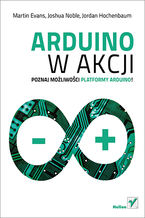
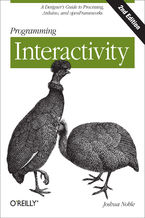

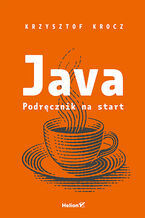
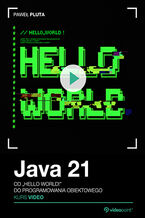
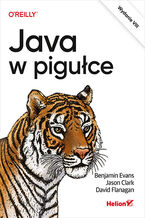
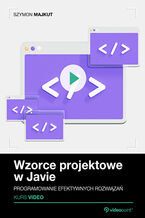
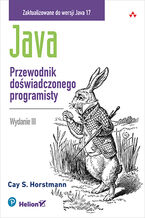
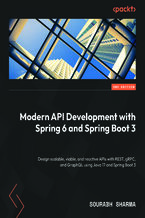
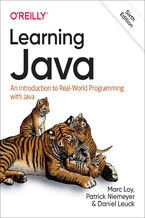
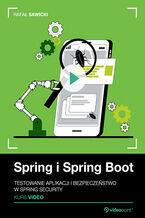
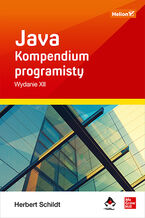










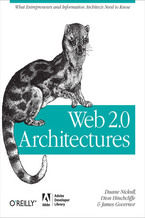
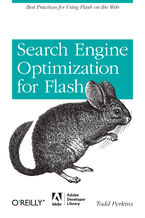
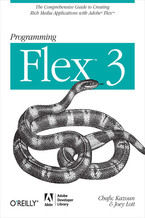
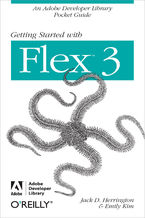
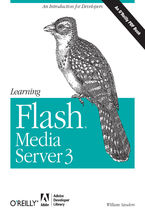
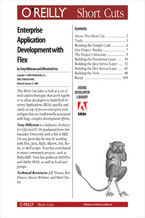
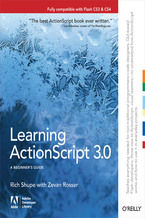

Oceny i opinie klientów: Flex 3 Cookbook. Code-Recipes, Tips, and Tricks for RIA Developers Joshua Noble, Todd Anderson (0) Weryfikacja opinii następuje na podstawie historii zamowień na koncie Użytkownika umiejszczającego opinię.
Użytkownik mógł otrzymać punkty za opublikowanie opinii uprawniające do uzyskania rabatu w ramach Programu Punktowego.
Weryfikacja opinii następuje na podstawie historii zamowień na koncie Użytkownika umiejszczającego opinię.
Użytkownik mógł otrzymać punkty za opublikowanie opinii uprawniające do uzyskania rabatu w ramach Programu Punktowego.